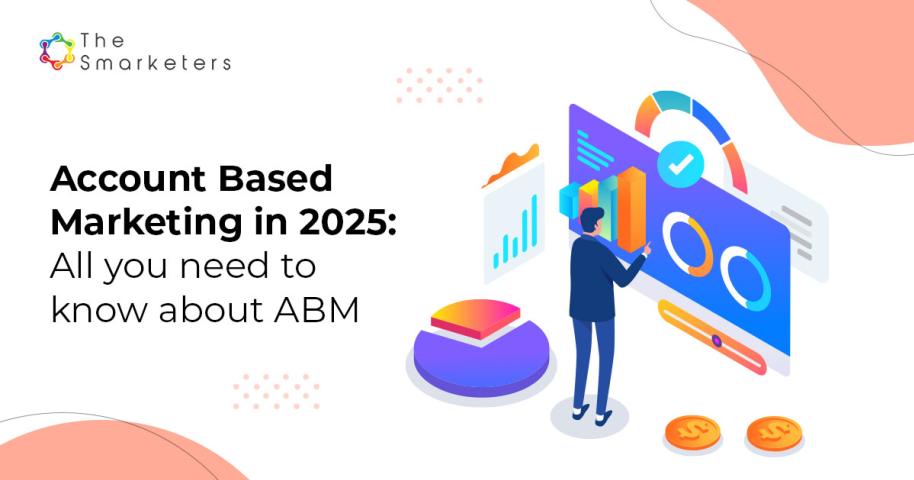Creating an online store with Shopify can be an excellent investment for businesses, but the cost of building Shopify website can vary significantly. Several factors influence the total expense, from the choice of plan to the complexity of the design. This article dives deep into these factors, helping you understand where your money goes and how you can plan your budget effectively.
1. Define Your Business Goals
Before diving into development, clearly outline your objectives. Ask yourself: - What products or services will you sell? - Who is your target audience? - What is the primary goal of your store (e.g., sales, lead generation, or brand awareness)?
Having a clear direction helps you make informed decisions about your store's design, functionality, and features. Align your development strategy with your goals to avoid unnecessary expenses.
2. Understand the Costs Involved
One of the most important considerations is the cost of Shopify website development. From Shopify subscription plans to app integrations and customizations, the expenses can vary widely depending on your requirements. The costs associated with Shopify website development are multifaceted and demand careful examination. These expenses encompass not only the platform's subscription fees but also additional elements such as app integrations, theme customization, and specialized functionalities.
3. Choose the Right Shopify Plan
Shopify offers multiple plans to cater to different business sizes and needs. Selecting the right plan is crucial for cost-effectiveness and functionality. Consider factors such as: - Monthly subscription fees - Transaction fees - Features and scalability
Start with a plan that suits your current needs but allows for growth as your business scales.
4. Plan Your Store Design and User Experience (UX)
Your store's design and user experience play a critical role in attracting and retaining customers. Keep the following in mind: - Choose a responsive theme that works seamlessly across devices. - Prioritize intuitive navigation for a smooth shopping journey. - Customize the design to reflect your brand identity.
Investing in professional design services can significantly enhance your store's appeal and functionality.
5. Optimize for SEO from the Start
Search engine optimization (SEO) is vital for driving organic traffic to your Shopify store. Incorporate SEO best practices during the development phase, such as: - Using keyword-rich product descriptions - Optimizing images with alt text - Creating an intuitive site structure
Additionally, ensure your site loads quickly and is mobile-friendly, as these factors impact your search rankings.
6. Consider Essential Integrations and Apps
Shopify's app store offers a wide range of tools to enhance your store's functionality. Popular integrations include: - Payment gateways for seamless transactions - Inventory management tools - Marketing and analytics apps
However, each app can add to your monthly costs, so prioritize only those that add tangible value to your business.
7. Plan for Secure and Reliable Hosting
Shopify's cloud-based hosting ensures that your store is fast, secure, and always accessible. While Shopify takes care of most hosting concerns, consider additional security measures like: - SSL certificates for data protection - Regular backups to safeguard your data
These measures build customer trust and protect your store from potential threats.
8. Set Up Payment and Shipping Options
Providing flexible payment and shipping options is essential for a positive customer experience. Ensure you: - Offer multiple payment methods, including credit cards, PayPal, and other digital wallets. - Provide transparent and competitive shipping rates. - Include shipping options like free shipping, express delivery, and international shipping if applicable.
Streamlined payment and shipping processes reduce cart abandonment and improve customer satisfaction.
9. Plan a Marketing and Launch Strategy
Your Shopify store's development doesn't end with the design. A robust marketing strategy is key to attracting customers. Include: - Social media campaigns to build awareness - Email marketing to engage potential customers - Paid advertising for targeted reach
Ensure your marketing efforts align with your overall business goals for maximum impact.
10. Test Your Store Thoroughly
Before launching, conduct extensive testing to identify and resolve issues. Check for: - Broken links and navigation errors - Payment and checkout functionality - Mobile responsiveness
A flawless shopping experience can make a strong first impression and encourage repeat customers.
Conclusion
Developing a Shopify store is an exciting endeavor, but success depends on careful planning and execution. By considering these essential factors, you'll be better equipped to create a store that meets your business goals and delights your customers.

